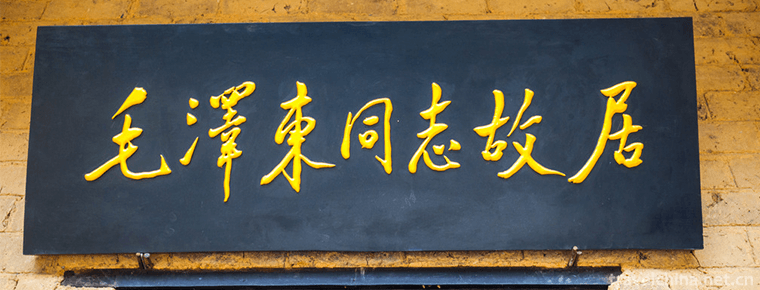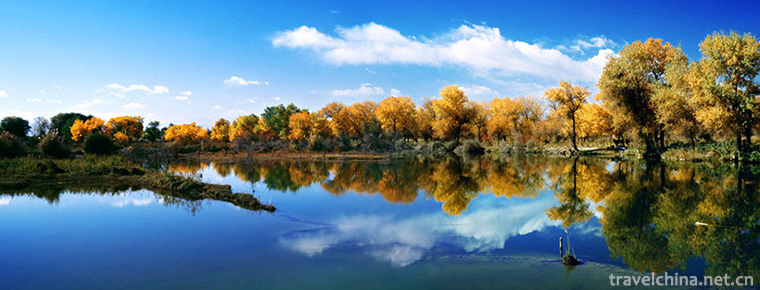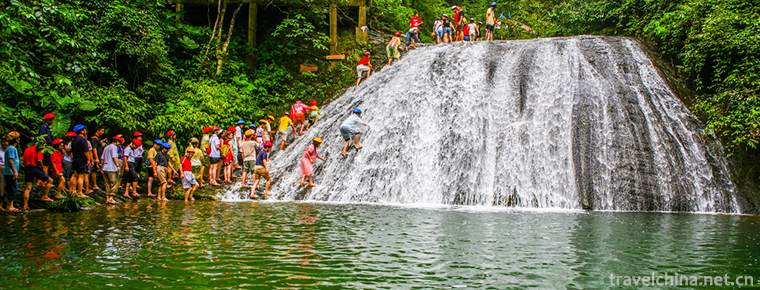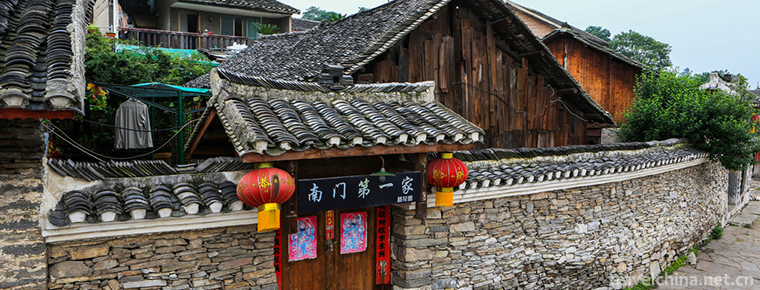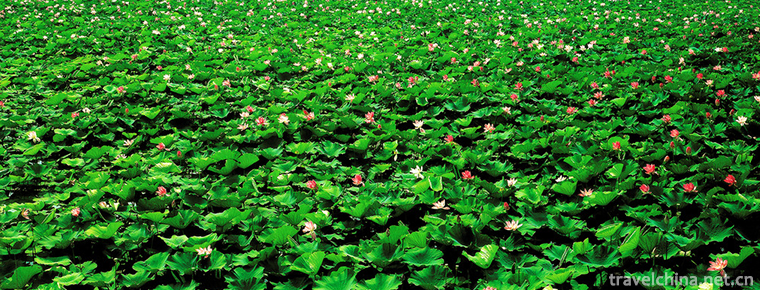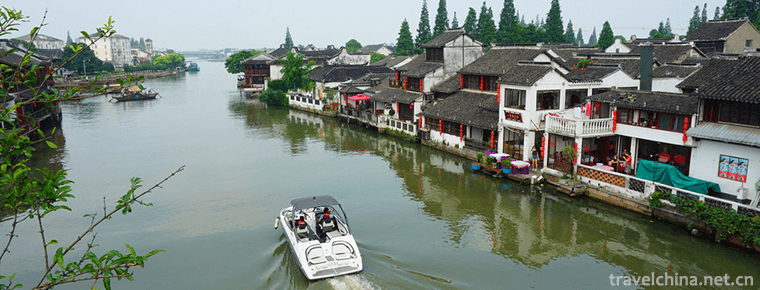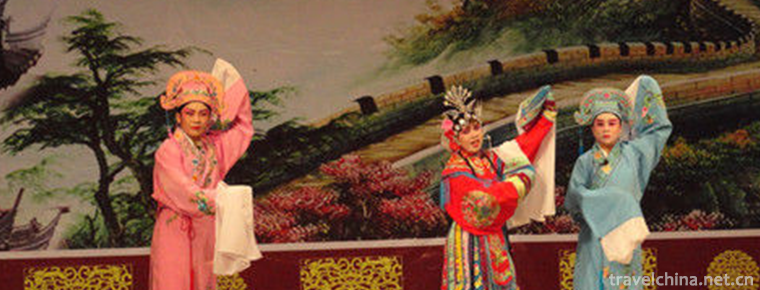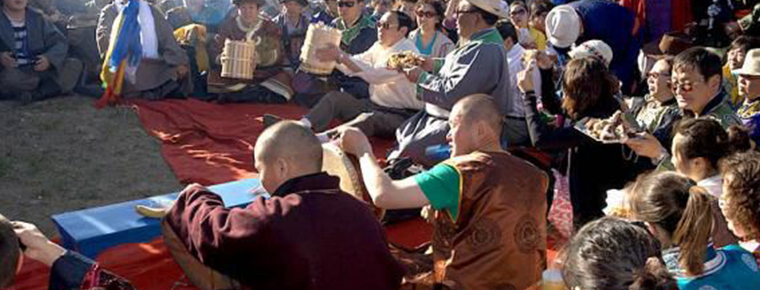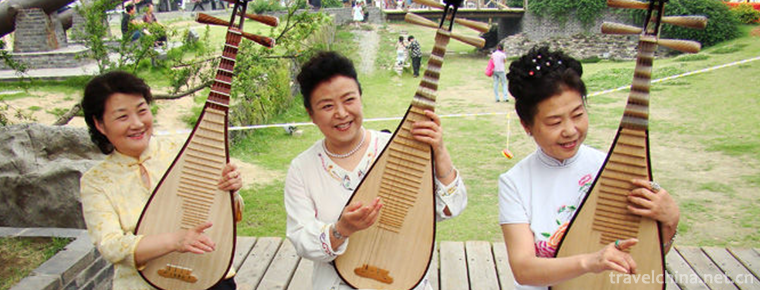Western Grand Canyon
Western Grand Canyon
Western Grand Canyon Hot Spring is a national AAAA-level tourist attraction, located in Shuifu City, Yunnan Province, 32 kilometers away from Yibin City, Sichuan Province, and 4 kilometers away from Shuifu City. The Jinsha River flows through the region, with steep cliffs and lush vegetation on both sides of the river.
When the Jinsha River flows through Shuifu Xiangjiaba, because the nearby mountains are more than 500 meters above sea level, the Jinsha River, with its turbulent flow and galloping straight down, forms a "mountain green", "gorge urgent" and "water dangerous" Jinsha River Valley here, which is the so-called Western Grand Canyon.
geographical position
The Western Grand Canyon can be divided into narrow sense and broad sense.
Grand Canyon in Narrow Sense
In a narrow sense, the Western Grand Canyon refers to the western Grand Canyon Hot Spring Scenic Area of Shuifu City, Yunnan Province, which is 32 kilometers away from Yibin City, Sichuan Province, and 4 kilometers away from Shuifu City.
When the Jinsha River flows through Shuifu Xiangjiaba, because the mountain near Xiangjiaba is more than 500 meters above sea level, the Jinsha River, with its turbulent flow and galloping straight down, forms a "mountain green", "gorge urgent" and "water dangerous" Jinsha River Valley here, which is the so-called Western Grand Canyon.
Generalized Grand Canyon
The broad sense of the Western Grand Canyon refers to the Jinsha River "Grand Canyon" between Qiaojia County and Shuifu City, Yunnan Province, with a total length of more than 1300 kilometers, which is called the Qianli Grand Canyon in Western China.
It twists and turns like a python crawling on the Yunnan-Guizhou Plateau.
From Qiaojia Dayaoshan, 4040 meters above sea level, to Shuifu Rongkanba, 267 meters below sea level, the deepest reaches 2040 meters, and the width of valley bottom is 50 meters to 2000 meters.
This is a grand canyon for changing scenery step by step and exploring scenic spots. Besides the Grand Canyon hot springs, the main attractions include Luohanba, Tongluoba and other national forest parks and Yaoshan National Nature Reserve. There are well-known scenic spots such as Daguan Huanglian River Falls and Xiaocaoba both inside and outside the province. There are thousands of walled into Shimenguan, the first pass in Yunnan Province, the ancient town of Dousha, with the largest black gate in the world. Neck crane wintering habitat - National Park Dashanbao, as well as the site of the prestigious Zaxi Conference and other red tourist attractions.
Canyon Hot Springs
Old Scenic Spot
At the depth of 2380 meters below the Jinsha River Canyon in Shuifuba tail trough, there is also a strange spring. In 1978, it was discovered by Yunnan Geological Exploration Department. According to the appraisal of national experts, the water temperature is as high as 85 C, the flow rate is large and the water pressure is as high as 4.2 MPa. The spring water is rich in metasilicic acid, sulphur, lithium, bromine, selenium, hydrogen, copper, strontium and other trace elements which are beneficial to human health.
Bath hot spring can regulate body function, promote blood circulation and metabolism, especially for various skin diseases, neuritis, diabetes, rheumatism, cold, obesity and other obvious curative effect.
It is a hot spring with high heat and high quality, ranking first in the country.
In 1999, a company in Yibin invested a huge sum of money in three years to build the Grand Canyon into a comprehensive tourist attraction featuring Yunnan's national customs, which mainly consists of hot spring bathing, leisure, vacation, entertainment and conference. This is the Western Grand Canyon Hot Spring.
Because of its unique mountain gorge style and better hot spring bathing, the western Grand Canyon hot spring was once known as a dazzling pearl on the tourist routes of Sichuan, Yunnan and Southwest China.
In 2006, with the start of Xiangjiaba Hydropower Station, the hot springs in the western Grand Canyon were forced to relocate. When we came to Xiangjiaba, we saw that the third largest hydropower station in China was under construction. It was said that the first generation units of Xiangjiaba Hydropower Station were planned for 2012 and would not be completed until 2013.
It is understood that after the completion of Xiangjiaba Hydropower Station, the old scenic spot of hot springs in the western Grand Canyon will sink to the bottom of the river forever. In order to preserve the so-called largest open-air hot springs in Asia between Pinghu Lake and Gaoxia, the original hot springs developer closed the old scenic spot of hot springs in the Western Grand Canyon, and spent another 550 million yuan to move the hot springs to the top of the riverside mountain, pumping high-quality hot springs to the top of the mountain more than 300 meters above the bottom of the river, and constructing them This is the new hot spring scenic spot of the western Grand Canyon in Shuifu City.
New Scenic Spot
The first phase of the new Canyon Hot Spring Scenic Area was officially opened on October 1, 2007, and the overall project was fully completed by the end of 2010.
It is said that the Grand Canyon Hot Spring Scenic Area in the New West covers an area of 1651 mu, which is five times larger than the original area.
The whole scenic spot is composed of "one center and nine functional sections", i.e. an international style bath center, which is composed of nine functional sections such as bath, leisure, entertainment, sports, performance, catering, commerce, vacation and conference services.
It includes 124 yurts, 400 parking spaces, a national theatre for 3,000 people and a central bathroom for 5,000 people at the same time.
The new Western Grand Canyon Hot Spring is a comprehensive tourist attraction with Yunnan ethnic characteristics, focusing on modern leisure and vacation, integrating eating, living, playing, entertainment, shopping, business negotiation, meeting reception, children's entertainment and literary and artistic performances.
Open-air hot spring bathing area covers an area of 100 mu and can accommodate more than 3000 people soaking hot springs at the same time. It is one of the largest natural ecological open-air hot spring bathing areas in China.
There are more than 30 kinds of baths with various specifications and characteristics, such as medicine pools, milk pools, coffee pools, petal pools, vinegar pools, etc.
There are a moderate amount of high-end consumption of VIP bathroom, bath fitness center. There are 35 "Dongba Villas" with large parking lots, hotels and leisure holidays, national squares and landscape avenues for 3000-5000 people, and recreational facilities such as grass-skiing courts, tennis courts, badminton courts and beach volleyball.
More than 50% of the green space is planned in the park, which can be regarded as a tourist ecological park with hot spring resources as its theme, complete supporting facilities and a unique atmosphere in the west.
When planning and designing the park, we should fully follow the local conditions and protect the natural ecology. The open-air bathing pool design is built in the rubble clumps, which is integrated with the natural exotic peaks and rocks. It not only protects the natural landscape, but also obtains the unique environmental effect of the style. It gives people the feeling of returning to nature and integrating into the nature. It also gives people a new enjoyment by cooperating with Yunnan's ethnic architecture and cultural performances. This is the case.
Tourism Information
The Western Grand Canyon Hot Spring is located at the Jinsha River of Shuifu City, the northern gate of Yunnan Province, 32 kilometers away from Yibin City and 4 kilometers away from Shuifu City, Yunnan Province.
It's only an hour's drive from Yibin to the Grand Canyon.


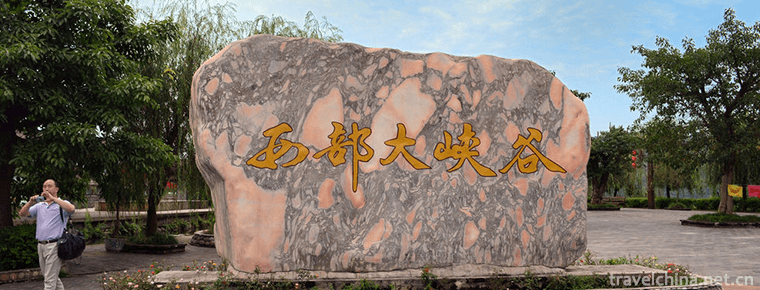
-
Shaoshan
Shaoshan City, which belongs to Hunan Province, is located in the hilly area of central Hunan Province east of central Hunan Province. Shaoshan is situated in the west of Xiangtan City.
Views: 197 Time 2018-12-12 -
Zepkin Lake Yang National Forest Park
Zepujin Lake Poplar National Forest Park is located 36 kilometers southwest of Zepu County in Yasidun Forest Farm. It is located on the upper edge of the Yerqiang River alluvial fan.
Views: 163 Time 2018-12-12 -
Gudong Waterfall
Gudong Forest Waterfall Group Tourist Area is located at the foot of Butterfly Mountain - Lawn Road, Gudong Village, Dayuan Town, 8 kilometers away from Guilin City, on the other side of Lijiang Forei.
Views: 217 Time 2019-01-12 -
Qingyan Ancient Town
Qingyan Ancient Town, one of the four ancient towns in Guizhou, is located in the southern suburb of Guiyang City. It was built in Hongwu ten years (1378) of Ming Dynasty .
Views: 149 Time 2019-02-07 -
Weishan Lake National Wetland Park
Weishan Lake National Wetland Park, located in the southern part of Weishan County, Jining City, Shandong Province, is less than 3 kilometers away from the urban area..
Views: 195 Time 2019-02-22 -
Zhujiajiao Ancient Town
Zhujiajiao Town, which belongs to Qingpu District of Shanghai, is located in the West and south of Qingpu District, close to Dianshan Lake Scenic Area. It is bounded by Daying in the East and Huanchen.
Views: 189 Time 2019-03-20 -
Brodo
Buyi Opera, a local traditional drama in Ceheng County, Guizhou Province, is one of the national intangible cultural heritage..
Views: 127 Time 2019-04-04 -
Taoist Drama
Taoist sentiment is a category of traditional Chinese folk art. It originated from Taoist songs such as Chengtian and Jiuzhen in Tang Dynasty. The Southern Song Dynasty began to accompany with fishing.
Views: 269 Time 2019-04-25 -
Sebin Festival of Ewenki Nationality
"Serbin" is an Ewenki language, meaning "happy and peaceful". Sebin Festival is a traditional festival of the Ewenki people. On Sebin Festival, Ewenki hunters gather together.
Views: 161 Time 2019-04-28 -
Song Brocade Weaving Skills
Song brocade weaving technology, traditional handicraft in Suzhou City, Jiangsu Province, is one of the national intangible cultural heritage..
Views: 85 Time 2019-06-16 -
Yangzhou Tanci
Yangzhou's performance of ci-poems is mainly based on speech and supplemented by singing and playing. The representative bibliographies are "Double Gold Ingot", "Pearl Tower", &quo.
Views: 364 Time 2019-07-10 -
Yuhang Rolling Lamp
Yuhang Rolling Lamp is a kind of Han folk dance which combines athletics, martial arts and dance. It is made of bamboo pieces of large sphere as the main props, in the center of the sphere of bamboo k.
Views: 148 Time 2019-07-14
